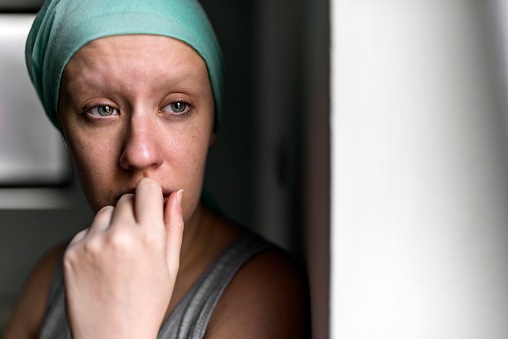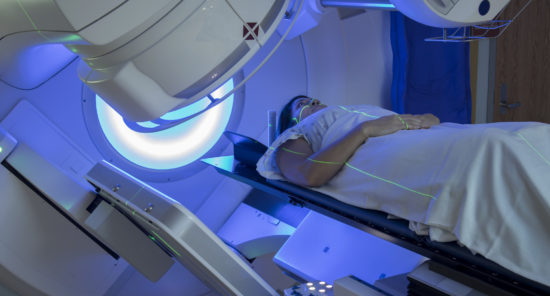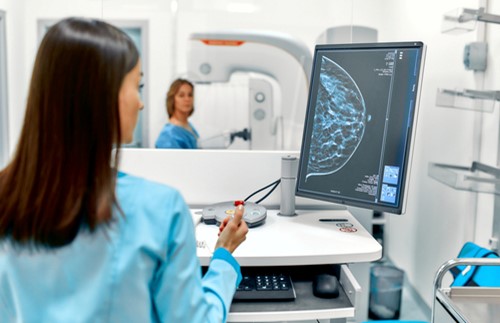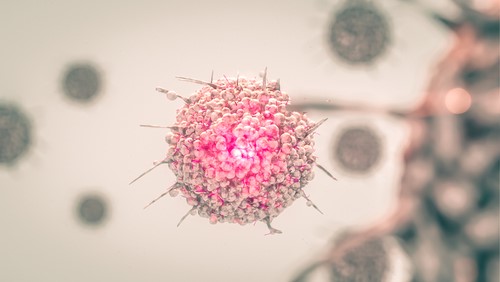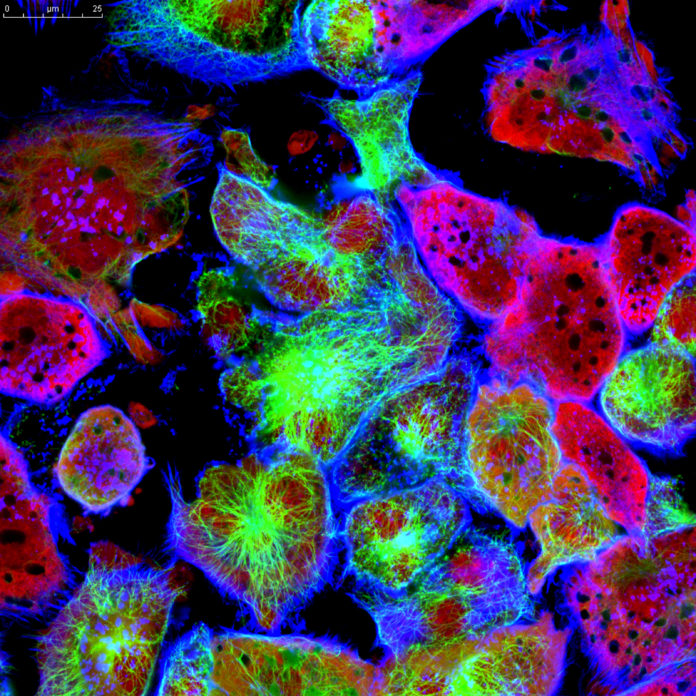A nomogram model based on clinicopathological and sonographic variables can reliably predict disease-free survival (DFS) in patients with triple-negative breast cancer (TNBC), according to a study published in European Radiology.
Researchers assessed 636 TNBC patients between 2011 and 2015. The population of interest was divided into a training group (n = 446) and a validation cohort (n = 190). A nomogram model was developed using clinicopathological, sonographic, and mammographic characteristics correlated with DFS at 1, 3, and 5 years. Multivariate logistic regression analysis was used to evaluate the data in the training set.
Results showed that factors portending a worse DFS included tumor size >2 cm, axillary dissection, presence of lymphovascular invasion, and sonographic features such as angular/spiculated margins, posterior acoustic shadows, and presence of possibly cancerous lymph nodes on preoperative scans. No adjuvant chemotherapy (hazard ratio [HR], 6.7; 95% CI: 2.6, 17.5; P<.0005), higher tumor burden (HR, 2.7; 95% CI: 1.0, 7.1; P=.045), and ≥ 3 malignant features on imaging scans (HR, 2.4; CI: 1.1, 5.0; P=.021) were identified as independent prognostic factors linked with poor DFS.
Reference: Sheng DL, Shen XG, Shi ZT, Chang C, Li JW. Survival outcome assessment for triple-negative breast cancer: a nomogram analysis based on integrated clinicopathological, sonographic, and mammographic characteristics [published online ahead of print, 2022 Jun 27]. Eur Radiol. 2022;10.1007/s00330-022-08910-4. doi:10.1007/s00330-022-08910-4

